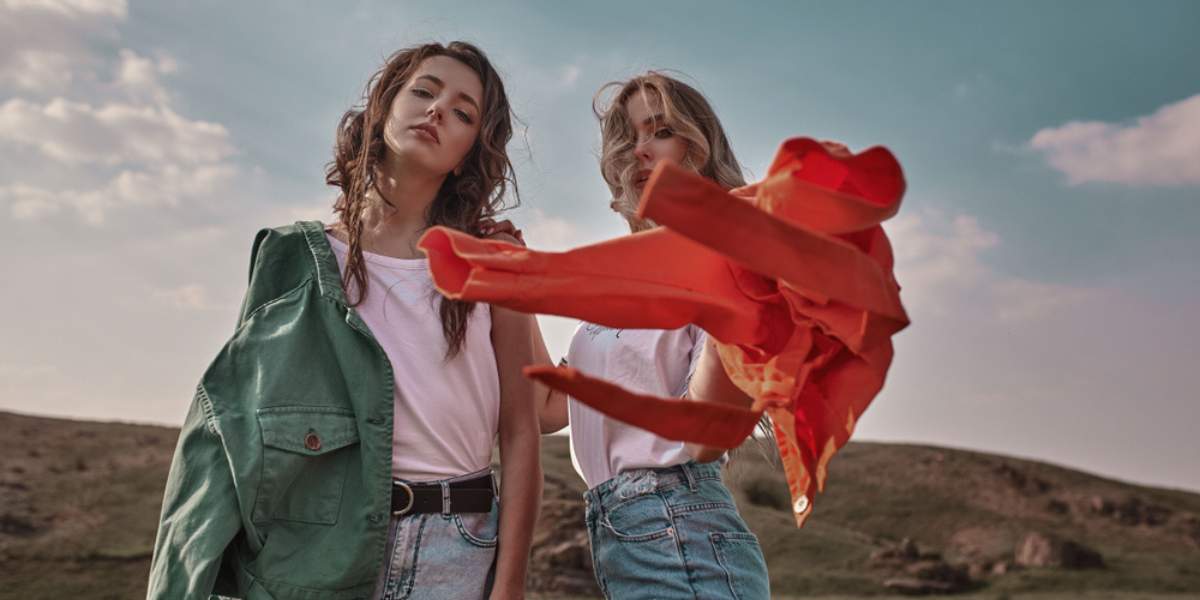As a fashion enthusiast, I have always found myself torn between the worlds of high fashion and streetwear. On one hand, the high-end designs and luxurious fabrics of high fashion brands such as Chanel and Gucci entice me with their elegance and sophistication. On the other hand, streetwear brands like Supreme and Off-White captivate me with their urban aesthetics and edgy appeal. For years, these two styles seemed to inhabit completely different realms of the fashion industry, but recently, I have witnessed an exciting shift towards bridging the gap between high fashion and streetwear.
For a long time, high fashion has been associated with exclusivity and elitism. The runways of Paris and Milan were reserved for the fashion elite, and their designs were notoriously expensive and out of reach for the average person. On the other hand, streetwear emerged from the streets, drawing inspiration from subcultures such as skateboarding, hip-hop, and graffiti. It represented a more accessible and affordable form of self-expression. However, over the years, high fashion designers started to realize the immense popularity and influence of streetwear, leading to a merging of the two worlds.
One of the defining moments in this convergence was when streetwear designer Virgil Abloh was appointed as the artistic director of Louis Vuitton’s men’s wear collection in 2018. This appointment not only signaled the recognition of streetwear’s impact on the industry but also opened doors for collaboration between high fashion and streetwear brands. Abloh’s collections for Louis Vuitton seamlessly blend elements of both worlds, creating a new aesthetic that appeals to a broader audience.
Collaborations have become the norm in bridging the gap between high fashion and streetwear. Luxury brands such as Balenciaga, Valentino, and Dior have teamed up with streetwear giants like Nike, Adidas, and Puma to create limited-edition collections that combine the best of both styles. These collaborations not only offer consumers a chance to own a piece from their favorite luxury brand but also allow high fashion designers to tap into the streetwear market and gain a more diverse customer base.
The rise of social media and the influence of streetwear-savvy celebrities have also played a significant role in narrowing the divide between high fashion and streetwear. Platforms like Instagram have democratized fashion, giving rise to a new generation of fashion influencers who blur the lines between luxury and street. We see celebrities like Rihanna effortlessly mixing high-end pieces with streetwear brands, creating a fresh and unique style that resonates with the masses. This blending of high fashion and streetwear has provided inspiration for fashion enthusiasts around the world to experiment and find their own personal style.
Furthermore, designers have started to incorporate streetwear elements into their collections, infusing high fashion with a sense of youthfulness and urban edge. We see oversized hoodies paired with tailored trousers, sneakers replacing high heels, and logo-centric designs dominating the runways. This shift not only reflects the changing tastes of consumers but also challenges the traditional notions of what constitutes high fashion.
The bridging of the gap between high fashion and streetwear has also given rise to a new wave of designer collaborations with street artists. Brands like KAWS, Shepard Fairey, and Futura have lent their artistic talents to high fashion brands, creating limited-edition pieces that blur the boundaries between art, fashion, and street culture. These collaborations not only elevate the value of street art but also expose the high fashion industry to a new form of artistry and creativity.
In conclusion, the worlds of high fashion and streetwear are no longer distant and exclusive entities. Rather, they have come together to form a new hybrid style that embraces the best of both worlds. Collaborations, celebrity influence, social media, and the incorporation of streetwear elements in high fashion collections have all played a role in bridging the gap between these two worlds. This fusion has not only made fashion more inclusive but has also sparked a new wave of creativity and innovation in the industry. As a fashion enthusiast, I am thrilled to see what the future holds for the high fashion and streetwear fusion, and how it will continue to redefine the boundaries of style.
